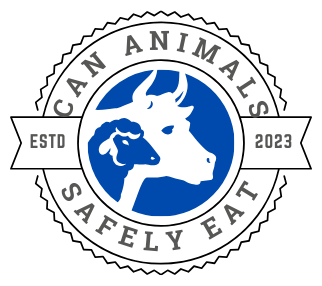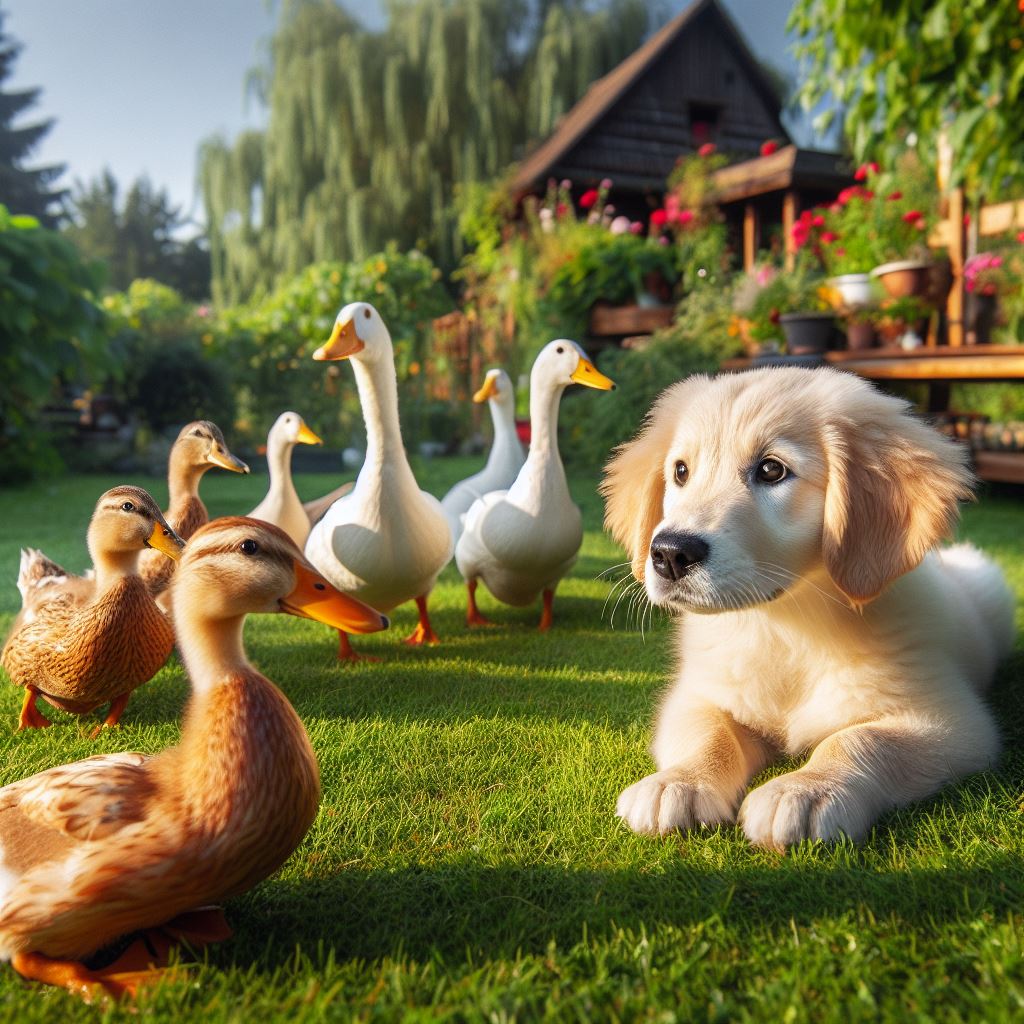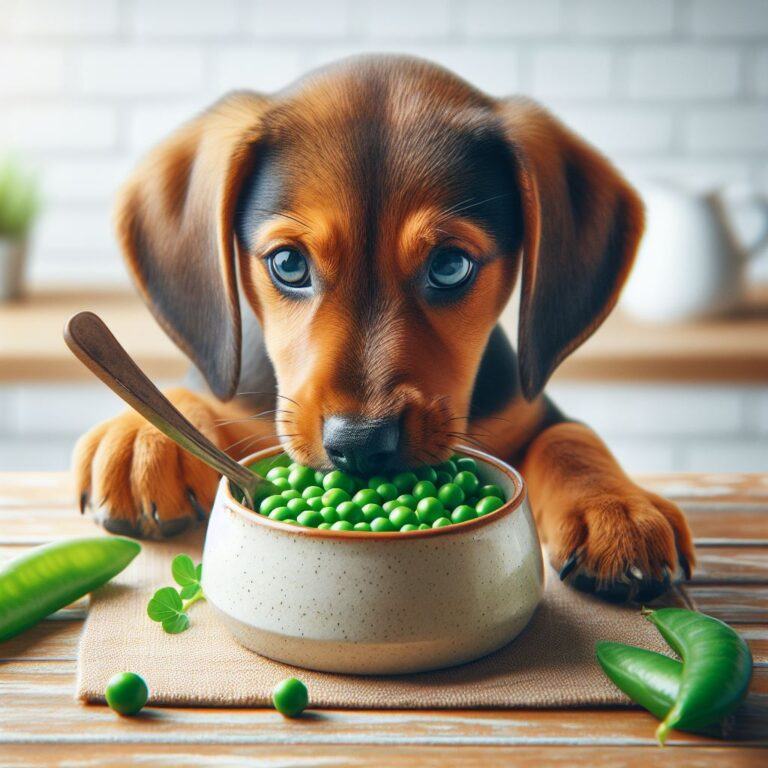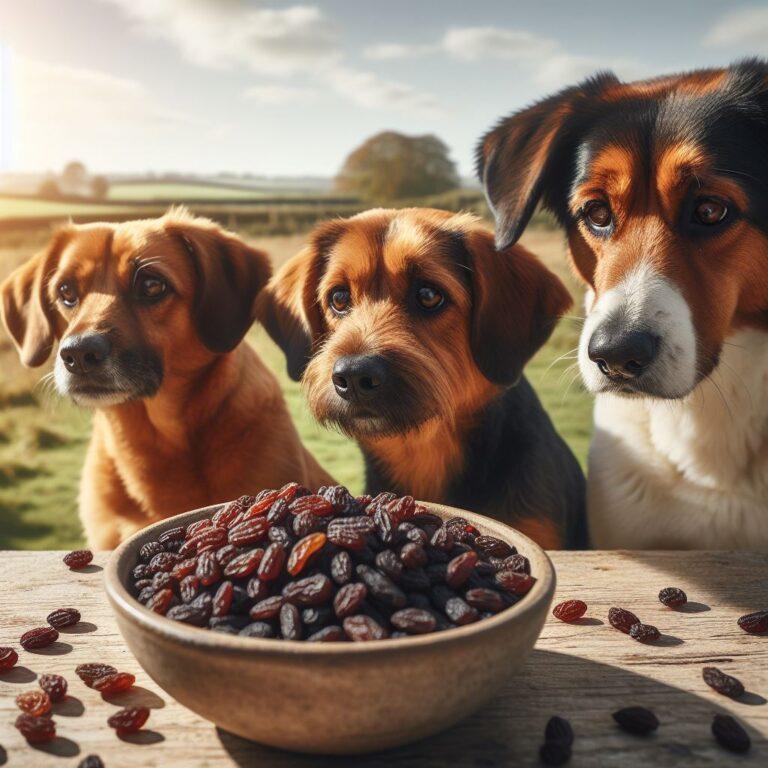Can Dogs Safely Eat Duck
Duck meat can be a safe and nutritious addition to a dog’s diet when served correctly. It is an excellent source of protein, essential amino acids, and iron. However, certain precautions should be taken.
Opt for plain, cooked duck without added spices, herbs, or seasonings such as onions or garlic.
This ensures that your dog enjoys the natural flavors without the potential harm of unnecessary additives.
Avoid feeding dogs uncooked duck due to the risk of bacterial contamination. Thorough cooking eliminates these risks, providing a safer option for your dog to indulge in this protein-rich meat.
Nutritional Benefits and Potential Risks of Duck for Dogs
Duck meat offers a rich array of nutrients that can contribute to your dog’s overall well-being. It is a fantastic source of essential amino acids, iron, and protein. Protein is fundamental for muscle development and repair, making duck a great option to diversify your dog’s protein sources.
The iron content in duck supports the formation of red blood cells, contributing to healthy circulation and oxygen transport. While dogs are primarily carnivores, the inclusion of duck in their diet can offer a range of nutrients that complement their nutritional needs.
Portion Control and Moderation
When introducing duck into your dog’s diet, the principles of portion control and moderation should guide your approach. While duck is rich in nutrients, excessive consumption can lead to digestive upset or an imbalance in their diet.
Consider your dog’s size, weight, and individual dietary requirements when determining portion sizes. Treat duck as an occasional addition rather than a primary food source, maintaining a balanced diet that aligns with your dog’s overall nutritional needs.
Potential Risks and Concerns
While duck is generally safe for dogs, it’s crucial to be aware of potential risks and concerns. Dogs with known food allergies or sensitivities may react adversely to duck, leading to symptoms such as itching, digestive upset, or changes in behavior.
Another consideration is the fat content in duck. While dogs require fat for energy, too much can lead to obesity and other health issues. Remove excess skin and visible fat from duck meat before offering it to your dog, promoting a healthier treat experience.
If your pup doesn’t take to well to duck, try alternative protein sources such as cooked chicken, turkey, or beef as a healthy snack.
Best Practices for Offering Duck to Dogs
To ensure the safe and enjoyable consumption of duck by your dog, consider the following best practices:
- Cooking Method: Cook duck thoroughly to eliminate any potentially harmful bacteria. Boiling or baking are preferable methods, ensuring the meat is fully cooked without added fats or oils.
- Plain Preparation: Avoid adding spices, herbs, or seasonings to the duck. Serve it plain to reduce the risk of digestive upset or adverse reactions.
- Portion Size: Determine appropriate portion sizes based on your dog’s size, weight, and dietary needs. Offer duck as an occasional treat rather than a regular part of their diet.
Before incorporating duck or any new protein source into your dog’s diet, consulting with your veterinarian is advisable. They can provide personalized advice based on your dog’s specific health profile, ensuring that the introduction of duck aligns with their dietary needs and any existing medical conditions.
Duck can be a safe and flavorful addition to your dog’s diet when approached with care and awareness. Its nutritional benefits, when offered in suitable portions, can contribute to your dog’s overall health and happiness.
By adhering to the best practices outlined here and seeking guidance from your veterinarian, you can confidently include duck in your dog’s diet.
Remember, every dog is unique, and understanding their individual needs ensures that treats enhance rather than compromise their well-being.
With the right approach, duck can be a delightful and wholesome part of your dog’s culinary experience, adding diversity to their diet safely and responsibly.







